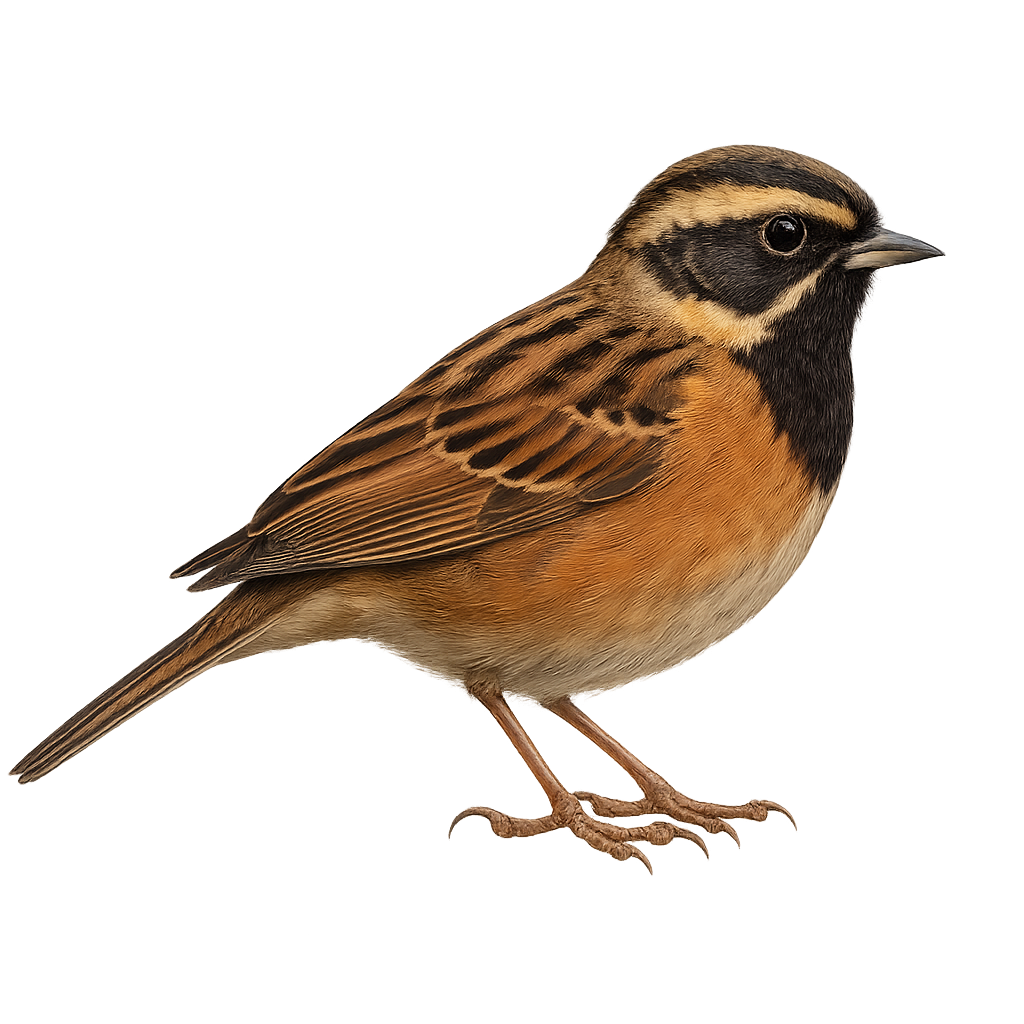Your wildlife photography guide.
Explore the black-throated accentor in detail, study its behavior, prepare your shots.
Where to observe and photograph the black-throated accentor in the wild
Learn where and when to spot the black-throated accentor in the wild, how to identify the species based on distinctive features, and what natural environments it inhabits. The WildlifePhotographer app offers tailored photography tips that reflect the black-throated accentor’s behavior, helping you capture better wildlife images. Explore the full species profile for key information including description, habitat, active periods, and approach techniques.
Black-throated Accentor
Scientific name: Prunella atrogularis

IUCN Status: Least Concern
Family: PRUNELLIDAE
Group: Birds
Sensitivity to human approach: Suspicious
Minimum approach distance: 10 m
Courtship display: May to June
Incubation: 11-13 jours
Hatchings: May to July
Habitat:
Coniferous forests, shrublands, alpine meadows
Activity period :
Primarily active during the day, with peak activity in the morning and late afternoon.
Identification and description:
The Black-throated Accentor is a small passerine bird belonging to the Prunellidae family. It is characterized by its black throat contrasting with its brown and gray plumage. Found mainly in the mountainous regions of Central Asia, it inhabits coniferous forests and shrublands. This bird is often seen in small groups, especially outside the breeding season. It primarily feeds on insects and seeds, foraging actively on the ground. Although discreet, its melodious song can be heard in spring. Its ability to adapt to different habitats allows it to survive in varied conditions, although it is sometimes threatened by deforestation and climate change.
Recommended lens:
400mm – adjust based on distance, desired framing (portrait or habitat), and approach conditions.
Photography tips:
To photograph the Black-throated Accentor, it is advisable to use a telephoto lens of at least 400mm to capture precise details without disturbing the bird. Look for it in coniferous forests or shrublands, especially at sunrise when activity is at its peak. Be patient and discreet, as this bird is suspicious. Use a tripod to stabilize your camera and adjust settings for low light conditions. Opt for cloudy days to avoid harsh shadows and achieve soft, diffused light.
The WildlifePhotographer App is coming soon!
Be the first to explore the best nature spots, track rutting seasons, log your observations, and observe more wildlife.
Already 1 450 wildlife lovers subscribed worldwide

